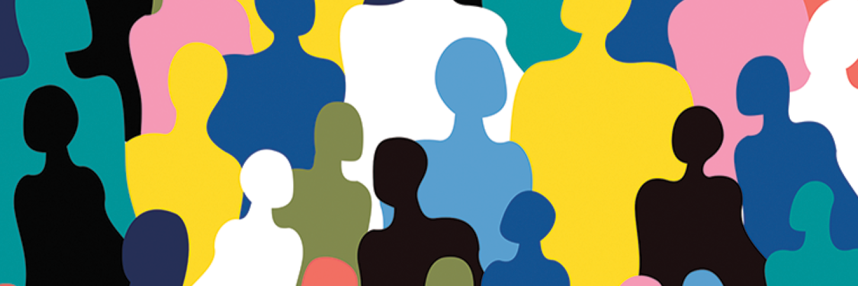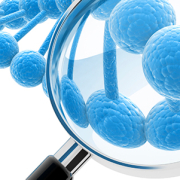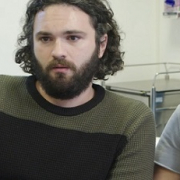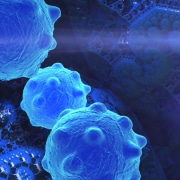Mind the gap: Five initiatives to boost genomic data diversity
Genomic databases have a diversity problem, but hopefully not for long. Here are five notable biobanks recruiting from under-represented populations to bridge the genomics gap
Biobanks are organised large collections of biological samples that are used for medical and health research purposes. The samples are well-characterised, annotated, and the appropriate consent about each of them is recorded. Reliant on donations of relevant biological samples, biobanks are often made available for researchers from around the world to access.
For a variety of cultural, economic and historical reasons, the people most often donating samples to biobanks have been those of White-European ancestry. As research based on these samples has made its way into the clinic, the inequity between populations represented and populations not – informally called the ‘genomics gap’ – is becoming more and more apparent. Here are five biobanks trying to bridge that divide.
1. Our Future Health (UK)
Our Future Health is an ambitious bioresource project that aims to recruit five million adults from across the UK. A core aim of the project is to build a resource that is truly reflective of the country’s diverse population, which it’s doing by actively recruiting. If successful, future medical research will be better able to serve these historically under-represented populations. The project is monitoring and reporting the percentage of the ethnicities of the people it has recruited.
- UK genomic projects you should know: Whole genome sequencing: Seven uses in health and research
2. All of Us Research Program (USA)
The All of Us biobank, formerly called the Precision Medicine Initiative, aims to recruit more than one million volunteers to reflect the rich diversity of people that call the USA home. A recent Nature publication from the researchers indicates that they are on their way to achieving that: just under a quarter of a million individuals have participated in the project, with around 46% of these coming from people of non-European descent. The project’s researchers, who have released the data collected so far, hope that the diversity in genomes sequenced will aid equity of access to genomic medicine.
3. OurDNA (Australia)
The flagship OurDNA project is looking to establish a database representing the country’s people. This includes Indigenous Australians and people with Oceanian ancestry. Involving these populations may be challenging, however, as researchers must overcome unique hesitancies, stemming from historic marginalisation, found within these groups. Nevertheless, with indigenous people currently accounting for a fraction of a per cent in global genome studies, getting these populations onboard will go a long way to achieving parity among groups accessing genomic medicine.
4. Mexican Biobank (Mexico)
Although the Mexican Biobank was conceived about seven years ago, interestingly the initial work took place in the run-up to the millennium. The National Health Survey (in Spanish, the Encuesta Nacional de Salud 2000) trained workers to interview and obtain blood samples from 40,000 randomly selected Mexican citizens. Then, from 2017 onwards, more than 6,000 of those samples from people in indigenous Mexican communities were prioritised for genotyping. The Mexican Biobank’s results, published in Nature, demonstrate how many different native populations could be represented in a biobank, even with limited resources.
5. H3Africa (sub-Saharan Africa)
Human Heredity and Health in Africa, better known as H3Africa, is an international genome project-turned-biobank that helped bring African genomes to the international stage. Although it ended in 2022, its impact was notable. In numbers, more than 100,000 participants were recruited with 50,000 samples being genotyped, which added much-needed diversity to genomic datasets. However, H3Africa’s legacy is what it gave in terms of ethical, legal and social implications in African genomics, and how to bring the science of genomics to the continent.
Why genomic diversity is so important
Genomic data helps researchers understand how a patient’s DNA affects their health or response to treatment. If researchers only use genomic data from a group of people of one background, then their research won’t account for the differences in those with other backgrounds.
In clinics, which treat people from all walks of life, it means clinicians may be unknowingly providing a different standard of care to patients from these groups. The above noted biobanks and bioresources are seeking to change this. By providing more representative samples for medical researchers to use, the hope is that future advances in genomic medicine will benefit all groups equally.
As Genomics England’s Diverse Data Team put it: “[The] vision is that all patients, regardless of their background, receive the same quality of genomics-enabled personalised medicine, supported by the latest research on people like them.” That’s a future we can all want.
You can read more about the benefits of data diversity in our ‘Towards genomic equity’ article, by guest author and bioinformatician, Nana E. Mensah.









